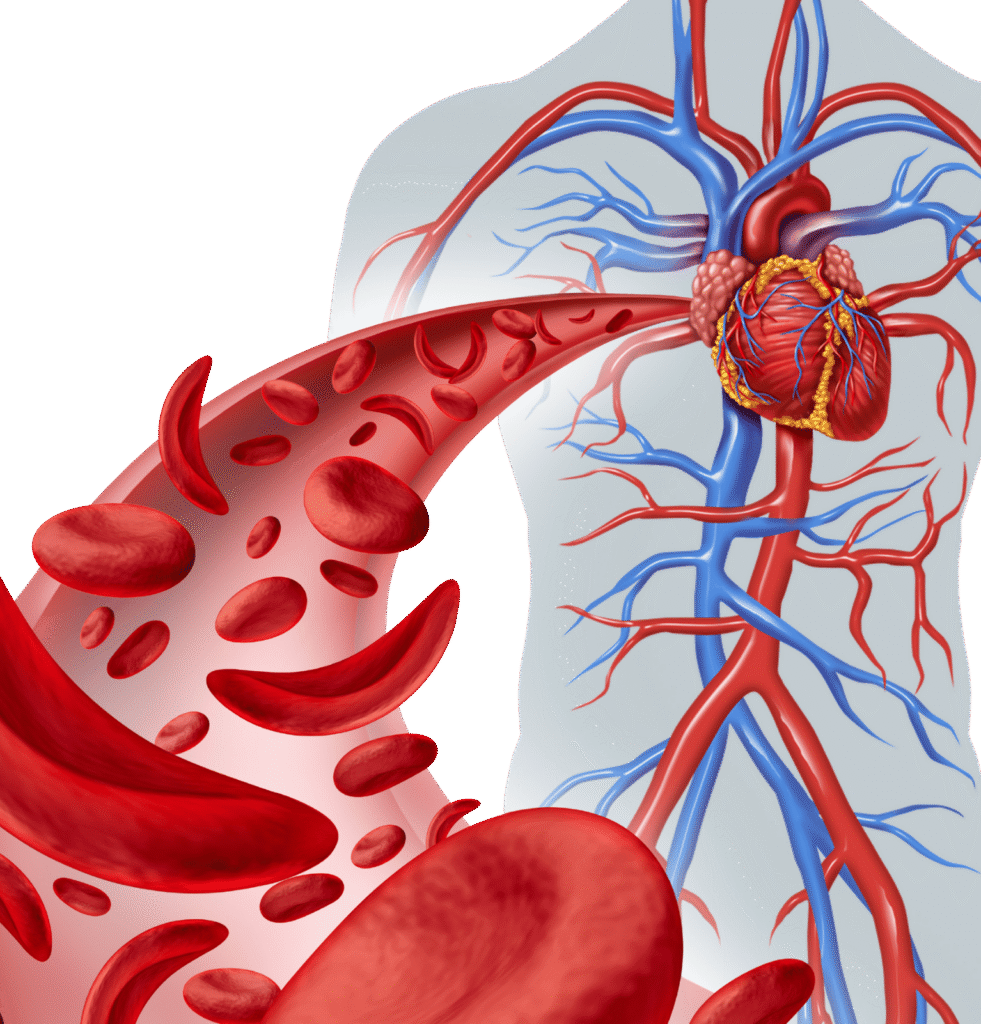Identifying Kidney Stones
"Identifying Kidney Stones" refers to the diagnostic process of detecting the presence, size, location, and composition of kidney stones (renal calculi or nephrolithiasis). Kidney stones are hard deposits made of minerals and salts that form inside the kidneys and can cause severe pain as they pass through the urinary tract.
Key Symptoms Suggesting Kidney Stones
While not a diagnostic method, symptoms often prompt the investigation:
- Severe, sudden pain (renal colic): Often in the flank (side and back, below the ribs), radiating to the lower abdomen and groin. The pain typically comes in waves.
- Painful urination (dysuria).
- Frequent urge to urinate.
- Nausea and vomiting.
- Blood in urine (hematuria): Urine may appear pink, red, or brown.
- Cloudy or foul-smelling urine.
- Fever and chills: May indicate a concurrent infection.

Key Diagnostic Methods for Identifying Kidney Stones
The diagnosis of kidney stones primarily relies on imaging studies and laboratory tests.
Imaging Studies (Primary Diagnostic Tools):
Imaging is essential for confirming the presence of stones, determining their size and location, and assessing for any obstruction of the urinary tract.
- Non-contrast Computed Tomography (NCCT) of the Abdomen and Pelvis:
- What it is: A specialized X-ray technique that creates detailed cross-sectional images. “Non-contrast” means no intravenous dye is used.
- Clinical Importance: This is currently considered the gold standard for diagnosing kidney stones. It is highly sensitive and specific for detecting stones of all compositions (even those not visible on standard X-rays) and can identify hydronephrosis (swelling of the kidney due to urine backup).
- Advantages: Rapid, accurate, detects all stone types, identifies obstruction.
- Disadvantages: Involves radiation exposure.
- Kidney, Ureter, Bladder (KUB) X-ray:
- What it is: A standard abdominal X-ray.
- Clinical Importance: Can detect radio-opaque stones (e.g., calcium oxalate, calcium phosphate, struvite stones). Uric acid stones and cystine stones are often radiolucent (not visible). It’s useful for tracking the passage of known radio-opaque stones.
- Advantages: Widely available, inexpensive, less radiation than CT.
- Disadvantages: Misses radiolucent stones, less sensitive for small stones, less detail on obstruction.
- Renal Ultrasound:
- What it is: Uses sound waves to create images of the kidneys and bladder.
- Clinical Importance: Excellent for detecting stones within the kidney and for identifying hydronephrosis (dilation of the kidney’s collecting system due to obstruction), which is a sign of a stone blocking urine flow. It’s less effective at visualizing stones in the ureter (the tube connecting the kidney to the bladder) due to bowel gas interference.
- Advantages: No radiation, safe for pregnant women and children, can detect obstruction.
- Disadvantages: Operator-dependent, less sensitive for ureteral stones, cannot characterize stone composition.
Laboratory Tests (Supportive and for Stone Analysis)
Laboratory tests help assess the impact of stones, rule out infection, and determine the stone’s composition, which is crucial for preventing future stones.
- Urinalysis:
- Purpose: To check for signs of infection, blood, and other abnormalities in the urine.
- Findings:
- Hematuria (blood in urine): Very common with kidney stones, often microscopic.
- Pyuria (white blood cells in urine) / Positive Nitrite/Leukocyte Esterase: Suggests a concurrent urinary tract infection (UTI), which is a serious complication with kidney stones.
- Crystals: Presence of specific types of crystals (e.g., calcium oxalate, uric acid, cystine, struvite) can provide clues about stone composition, though not definitive.
- pH: Urine pH can influence stone formation (e.g., acidic urine for uric acid stones, alkaline for struvite).
- Clinical Importance: Rules out infection and provides clues for stone type.
- Urine Culture:
- Purpose: To identify bacterial infection if suspected (positive urinalysis for infection markers or symptoms of UTI).
- Clinical Importance: Essential for guiding antibiotic treatment if infection is present. Infected (struvite) stones require specific management.
- Blood Tests:
- Complete Blood Count (CBC): May show elevated white blood cells if infection is present.
- Kidney Function Tests (Creatinine, BUN, eGFR): To assess if kidney function is affected by obstruction or underlying kidney disease.
- Electrolytes (Calcium, Phosphorus, Uric Acid): To identify metabolic imbalances that predispose to stone formation. Elevated calcium or uric acid in the blood can be a risk factor.
- Parathyroid Hormone (PTH): If hypercalcemia is present, PTH levels may be checked to rule out hyperparathyroidism as a cause of calcium stones.
- C-Reactive Protein (CRP): Non-specific inflammatory marker, may be elevated with infection.
- Stone Analysis (Post-Passage or Post-Removal):
- Purpose: The most important test for preventing future stones. It determines the chemical composition of the stone.
- Method: If a stone is passed or surgically removed, it is collected and sent to the lab for analysis (e.g., using infrared spectroscopy, X-ray diffraction).
- Common Compositions:
- Calcium Oxalate (most common): ~75-80%
- Calcium Phosphate: ~10-15%
- Uric Acid: ~5-10%
- Struvite (Magnesium Ammonium Phosphate): ~1-5% (often associated with UTIs).
- Cystine: ~1-2% (rare, genetic).
- Clinical Importance: Knowing the stone type guides specific dietary changes, fluid intake recommendations, and medications to prevent recurrence.
- 24-Hour Urine Collection (for Recurrent Stone Formers):
- Purpose: For individuals with recurrent kidney stones, this test measures the daily excretion of various substances (e.g., calcium, oxalate, uric acid, citrate, creatinine, sodium, phosphorus) that contribute to stone formation.
- Clinical Importance: Identifies specific metabolic abnormalities that can be targeted with diet or medication to prevent future stones.
By combining imaging studies to locate and characterize the stone with laboratory tests to assess its impact and composition, clinicians can effectively identify kidney stones and develop a tailored management and prevention plan.

